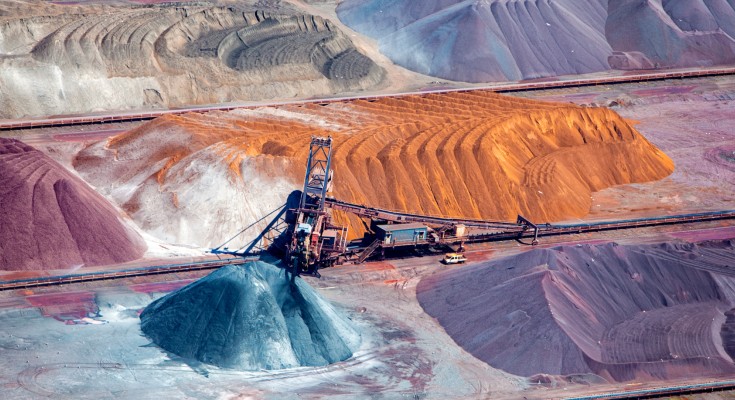
Geoscience for the energy transition
Check out our new Collection featuring articles on: subsurface storage technologies; extractable resources, mining and impacts; and geothermal energy.

Check out our new Collection featuring articles on: subsurface storage technologies; extractable resources, mining and impacts; and geothermal energy.

Lake ice has witnessed considerable changes in its phenology, but less is known about ice quality — the ratio of black ice to white ice. This Review assesses the changes in lake ice quality and its ecosystem services, noting diminished ice quality in observations and projections.